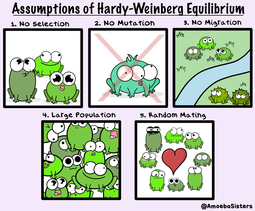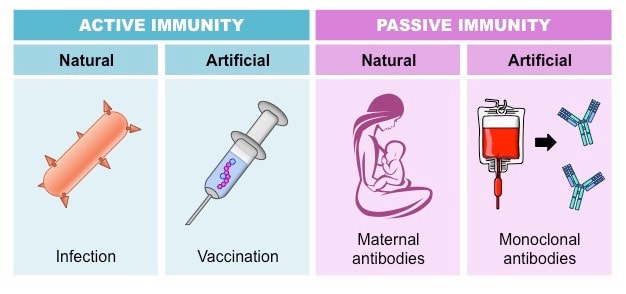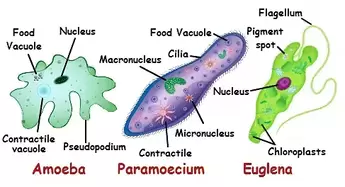|
|
UNIT 7: Evolution &
(14 DAYS)
The central idea of biological evolution is that all life on Earth shares a common ancestor, just as you and your cousins share a common grandmother. Through the process of descent with modification, the common ancestor of life on Earth gave rise to the fantastic diversity that we see documented in the fossil record and around us today. Evolution means that we're all distant cousins: humans and oak trees, hummingbirds and whales. |
NC STANDARDS:
Bio 3.4: Explain the theory of evolution by natural selection as a mechanism for how species change over time.
Bio.3.4.1 Explain how fossil, biochemical, and anatomical evidence support the theory of evolution.
Bio.3.4.2 Explain how natural selection influences the changes in species over time.
Bio.3.4.3 Explain how various disease agents (bacteria, viruses, chemicals) can influence natural selection.
Bio 3.5: Analyze how classification systems are developed based upon speciation.
Bio.3.5.1 Explain the historical development and changing nature of classification systems
Bio.3.5.2 Analyze the classification of organisms according to their evolutionary relationships (including dichotomous keys and phylogenetic trees)
Bio 1.2: Analyze the cell as a living system.
Bio.1.2.3 Explain how specific cell adaptations help cells survive in particular environments (focus on unicellular organisms).
Bio 3.4: Explain the theory of evolution by natural selection as a mechanism for how species change over time.
Bio.3.4.1 Explain how fossil, biochemical, and anatomical evidence support the theory of evolution.
Bio.3.4.2 Explain how natural selection influences the changes in species over time.
Bio.3.4.3 Explain how various disease agents (bacteria, viruses, chemicals) can influence natural selection.
Bio 3.5: Analyze how classification systems are developed based upon speciation.
Bio.3.5.1 Explain the historical development and changing nature of classification systems
Bio.3.5.2 Analyze the classification of organisms according to their evolutionary relationships (including dichotomous keys and phylogenetic trees)
Bio 1.2: Analyze the cell as a living system.
Bio.1.2.3 Explain how specific cell adaptations help cells survive in particular environments (focus on unicellular organisms).
ESSENTIAL QUESTIONS
What scientific evidence supports the process of evolution?
How does the process of natural selection bring about changes in species over time?
What is the major classification system used by biologists today and how does that differ from the systems used in the past?
What evidence do taxonomists use to determine the degree to which species are related to one another?
How do various disease agents influence the evolution of the species they affect?
How are organisms adapted to their environments?
What scientific evidence supports the process of evolution?
How does the process of natural selection bring about changes in species over time?
What is the major classification system used by biologists today and how does that differ from the systems used in the past?
What evidence do taxonomists use to determine the degree to which species are related to one another?
How do various disease agents influence the evolution of the species they affect?
How are organisms adapted to their environments?
|
DAY 1: DARWINIAN EVOLUTION
|
VOCABULARY SHEET
| ||||||
|
DAY 3: EVOLUTION & GENETICS
|
|
DAY 4: ANTIBIOTIC RESISTANCE
NOTES-Antibiotic Resistance
Guided Notes-Antibiotic Resistance
Antibiotic Resistance LAB
Antibiotic Resistance Practice
Guided Notes-Antibiotic Resistance
Antibiotic Resistance LAB
Antibiotic Resistance Practice
|
DAY 5: SPECIATION
|
|
DAY 6: ORIGINS OF LIFE
|
DAY 7: VIRUSES & IMMUNITY
HONORS
Virus Explorer |
|
DAY 9: QUIZ & DICHOTOMOUS KEYS
|
|
DAY 10: UNICELLULAR ADAPTATIONS
|
DAY 11: ANIMAL ADAPTATIONS
ENRICHMENT: PAVLOV'S DOG GAME
|
|
|
DAY 12: PLANT ADAPTATIONS
|
|
DAY 13: Review
DAY 14: UNIT TEST


